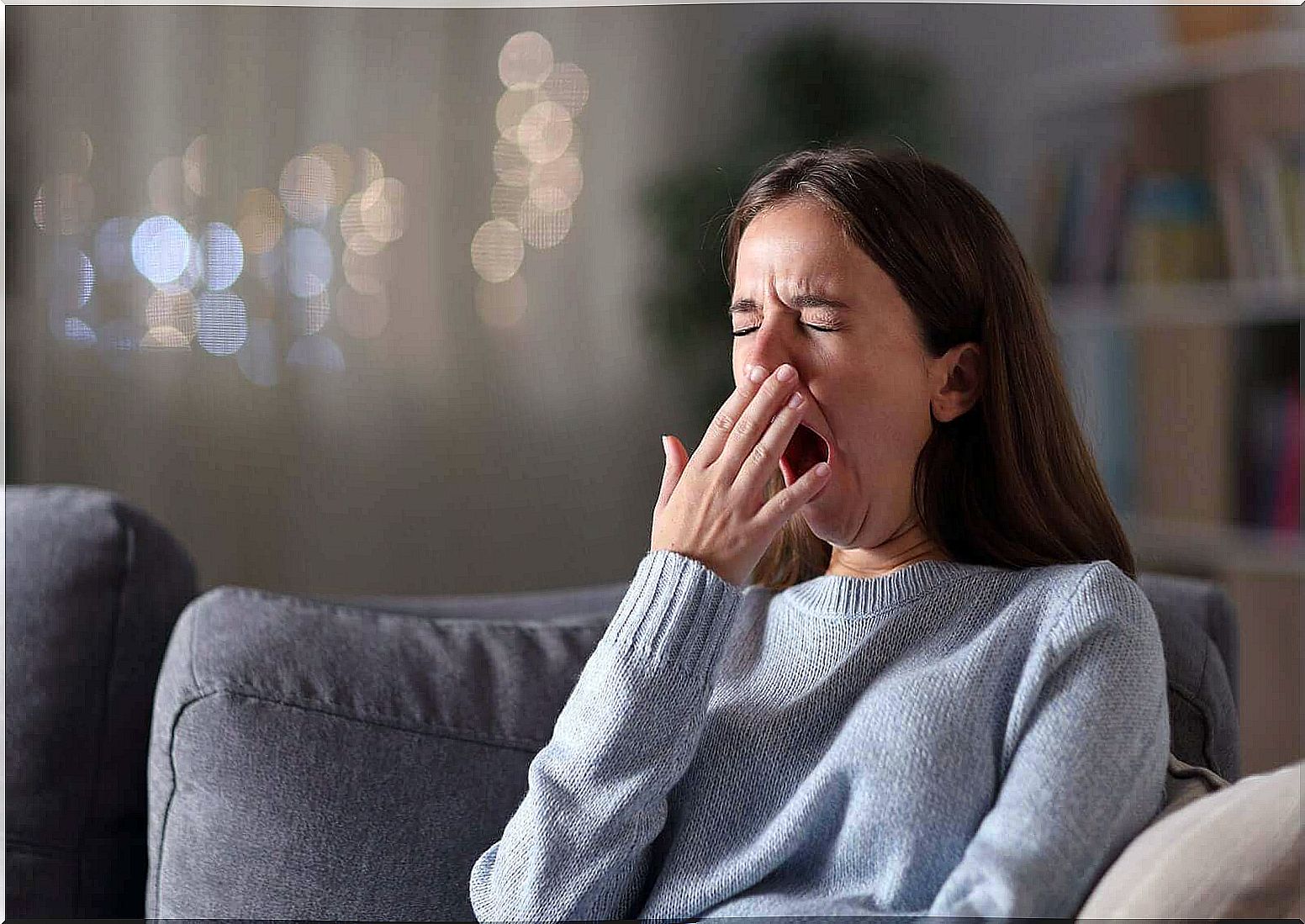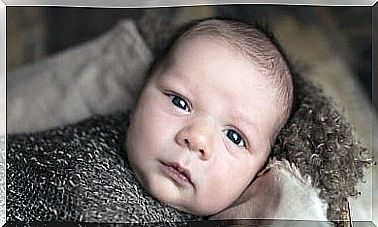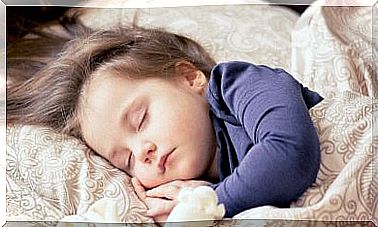Adolescent Chronic Fatigue Syndrome

According to doctor Brenda Cubillo Badilla, up to 70% of young people say they feel sleepy or tired during the day. Fatigue is often caused by non-health causes, such as too short a night’s sleep, but in rare cases it is caused by chronic fatigue syndrome, or myalgic encephalomyelitis. The prevalence of this fatigue syndrome in the population is estimated to be 0.007–2.8%.
Adolescent chronic fatigue syndrome
Chronic Fatigue Syndrome is a serious and complex illness associated with severe, persistent, and crippling fatigue. In adults, this syndrome is found especially in women aged 40-50 years. However, it can break out at any stage of life, but it is more common in adolescence than in childhood.
According to an international research group on chronic fatigue syndrome, a person should experience the following symptoms in order to be diagnosed with chronic fatigue syndrome.
- Chronic, persistent or intermittent fatigue lasting at least 6 months for which there is no apparent cause and which is not relieved by rest. Fatigue negatively affects life and everyday activities.
- Fatigue is not explained by other diseases that can cause chronic fatigue.

It is important to note that in children and adolescents, the symptoms do not usually last for six months, but only for three months. In addition to the following, four or more of the following symptoms should occur in addition to fatigue:
- Concentration or memory problems
- The throat is repeatedly sore
- Swollen lymph nodes in the neck or armpits
- Constant muscle pain
- Joint pain, with no signs of inflammation
- A frequent headache or a headache that is different than before
- There is no rest after sleep
- Feeling uncomfortable 24 hours after physical or mental exertion
Treatment and prognosis of chronic fatigue syndrome in adolescents
There is no specific cure for chronic syndrome. However, there are certain treatments and resources that can control and reduce the severity of symptoms. These include:
- Cognitive-behavioral psychotherapy
- Medication
- Gradual doing physical exercises
- Adopting good sleeping habits
- Support groups
- Treatment of dizziness
- Pain management
Utilizing treatment methods tailored to the needs and characteristics of the patient, it is possible for the adolescent to recover from chronic fatigue syndrome either partially or completely. This can happen four to five years after the first symptoms appear. Young people often recover from this disease more easily and faster than adults.

Effects of chronic fatigue syndrome
Chronic fatigue syndrome can affect a person and his or her daily life very negatively and significantly. In the case of a young person, this disease can have devastating effects on two major issues at this stage of development, namely the young person’s school success and social relationships. In this case, the young person may experience feelings of anger, guilt, anxiety, loneliness, and rejection.
Although it is a fairly serious disorder, it is unfortunately still a very unknown disease for many. However, awareness and sensitivity to the subject is growing all the time and is also being studied by many researchers to enable a person with chronic fatigue syndrome to live the best possible quality of life.
Now that you know more about chronic fatigue syndrome, you can find out if your teen has that syndrome. If you suspect this to be the case, we recommend that the young person see a doctor as soon as possible to find out, and possibly to start appropriate treatment.









